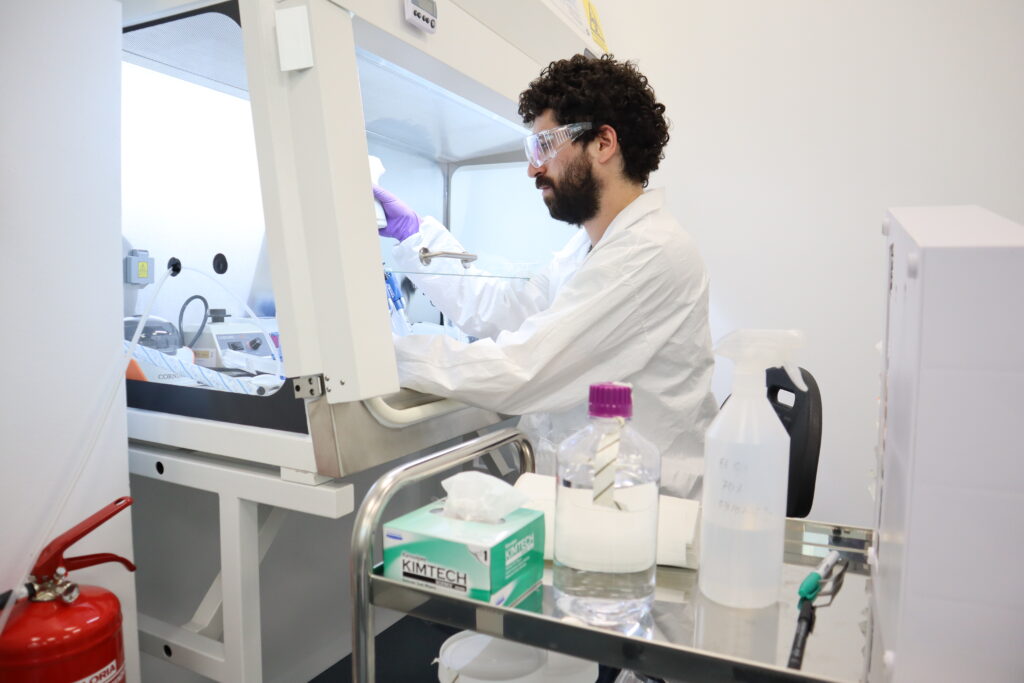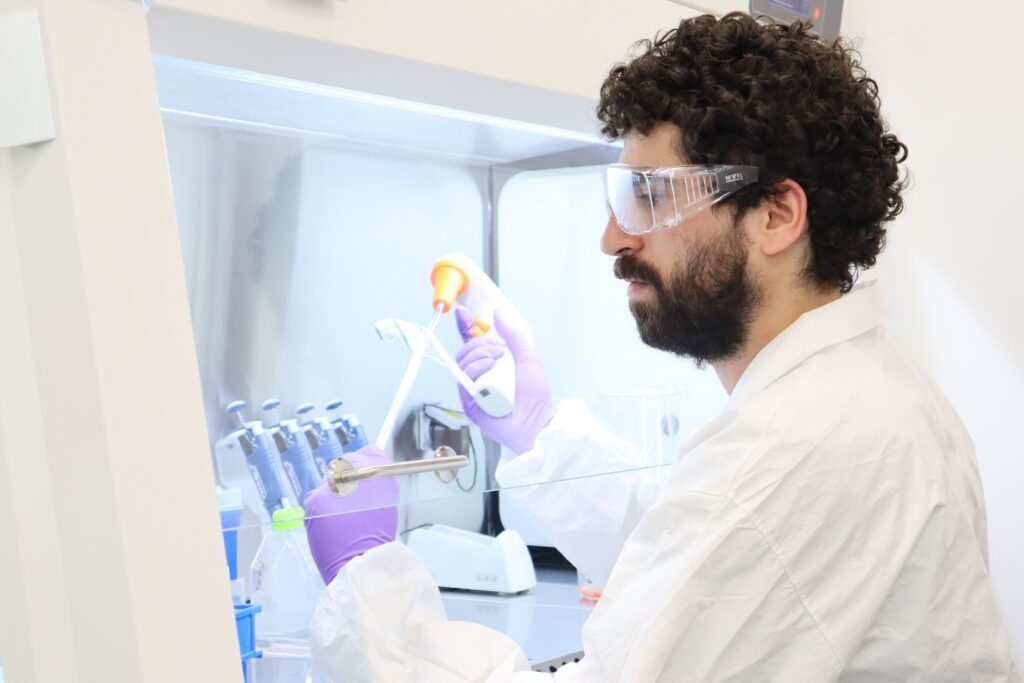IMDEA Materials researcher Guillermo Domínguez is developing new zinc alloys to manufacture biodegradable cardiovascular stents with better performance than those currently on the market.
The ultimate goal of this work is to obtain a zinc alloy to be used in additive manufacturing techniques, which will be a step forward in the field of personalized medicine.
Traditionally, medical implants have been made of materials such as steel, cobalt-chromium alloys or titanium and its alloys (such as nickel-titanium), which remain in the body permanently and can eventually induce an unfavorable response from the immune system.
In recent years, however, the biomedical community has been developing biodegradable implants, which offer better health outcomes for patients.

“The materials that have been most investigated for these implants are magnesium and iron.
Dominguez however, is developing new zinc alloys, a material that in terms of degradation speed is somewhere between magnesium and iron, which makes it very attractive. Zinc, like magnesium and iron, is one of the essential elements for the body and has been little studied.

IMDEA Materials Institute researcher Guillermo Domínguez is working on the development of new zinc alloys for medical implants.
Although zinc has interesting properties, the idea is to seek to enhance its properties by combining it with other metals (alloys). This work consists of looking for combinations between zinc and other elements to achieve alloys that offer better performance in terms of degradation and biological behaviour.
Another strategy is to modify the surface of the materials to further control degradation, but, above all, to guide cell-material interaction, since it has been shown that cells can respond more efficiently to different surface parameters such as composition, porosity and morphology.
This whole process of developing new biodegradable materials runs from the phase of creating the material itself, to its microstructural, mechanical and biological characterization. In the end, the last word will be left to the cells, which will approve or reject the material after multiple in vitro evaluations.
To carry out this work, Dominguez has been working under the direction of Prof. Javier Llorca and Dr. Mónica Echeverry.

IMDEA Materials Institute researcher Guillermo Domínguez is working on the development of new zinc alloys for medical implants.
This work is within the framework of the research line of the Bio/Chemo/Mechanics of Materials research group, led by Prof. Llorca, in which different materials and technologies are investigated to obtain implants that gradually disappear inside the body while new tissue is regenerated, without harming the patient’s health, and without having to be removed again.
“If you have a cardiovascular stent to solve, for example, an occlusion or atherosclerosis, which is a common problem, that stent serves to unclog the artery,” explains Domínguez.
“However, in many cases, that obstruction reappears because of the same stent that is not eliminated, which we call restenosis. With a biodegradable material, you avoid this problem.”
The ultimate goal of Dominguez’s PhD is to find an alloy that can be used in additive manufacturing, commonly known as 3D printing. This would mean that a person could receive an implant that is tailored to his or her specific needs, representing another step forward toward personalized medicine.
“If we want to obtain cardiovascular stents, there are some cases where the geometry is very complicated,” says Dominguez. “And with additive manufacturing, we can get custom implants meeting the need of each patient in a particular and personalised way.”

